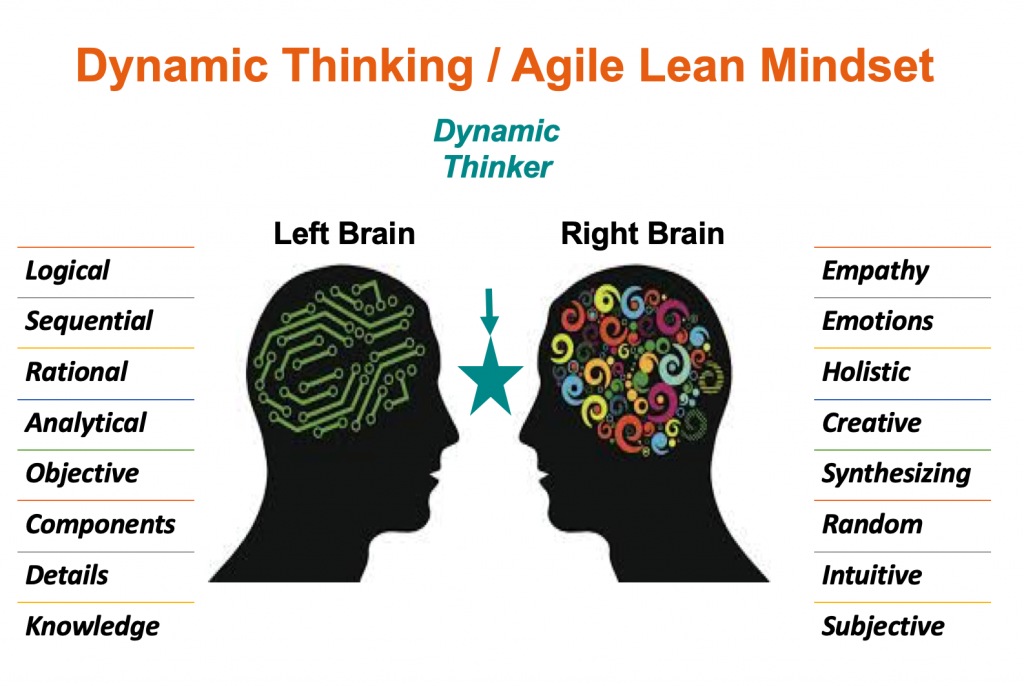We believe all organizations have an unprecedented opportunity to re-envision and remake themselves to more closely align themselves with existing and new customers. We also believe that organizations face the greatest level of uncertainty about who their competitors will be, what their customers demands will be and what methods will be employed to deliver products and services. Artificial Intelligence, Robotics, Augmented Reality, the Internet of Things, Big Data, Cloud Computing and other advances will touch ever point of society with the potential or multiple revolutionary shifts. The solutions to this level of uncertainty is not a product or service. It is a shift in approach to identifying and solving problems. We incorporate the disciplines of sociology, engineering, behavioral analysis, design thinking, business fundamentals and agility to develop customized outcome based solutions for clients. Culture and preconceived ideas must be challenged to capitalizes on future opportunities. The image below graphically represents Our insights into the Based upon information from the World Economic opportunities to capitalize on the dis
Create Sustainable Competitive Business Models
Using Agility, Dynamic Thinking & Structured Innovation
The nature of competition and success is being completely redefined because preconceived ideas are the death of innovation.

In order to recognize and capitalize on the disruptive environment taking place around the world the truly successful organizations are using a holistic and systematic approach to developing a responsive business model and culture. This is achieved through a process we call Dynamic Thinking & Structured Innovation (DT&SI). DT&SI creates a people centered culture (versus technology centered culture) based on human agility in integrating all of the capabilities to respond to opportunities and challenges. These capabilities are comprehensive including competitive landscape analysis, IT, products & services, customer services, manufacturing, sales and marketing, finance, administration, policies and procedures, technology, and more.
A simple outline of a full DT&SI process is as follows:
Reimagine the Future
- Introduction of the Dynamic Thinking / Agile Develop a vision of the environment and competitive landscape of the future (5 to 10 years), human resource demands, technological demands, new competitors, investments, etc.
- Acknowledge that the perceived future state requires arriving at a collective view of how these changes to the environment will impact the success of the organization.
- Based on the disruptive changes taking place in the environment, what are key “must haves” and “nice to haves” needed to succeed?
- What are the important skills and competencies required by the workforce of the future?
- What does the culture of the organization need to reflect to attract the talent to achieve sustainable competitiveness?
Define the Current State
- Assess the current competitive state of your organization (people, leadership, products & services, competitive landscape, customer services, manufacturing, sales and marketing, finance, administration, policies and procedures, technology,)
- Compare the current status against the collective vision of the desired future
Opportunity Gap Analysis
- Clearly define the areas where improved performance is necessary to achieve the desired future state across the organization.
Design Thinking – Generate & Evaluate options
- Empathize
- Define
- Ideate
- Prototype
- Test
- Repeat the process
Systems Architecture – Qualitatively Design
- Evaluate trade-offs
- Design (Form & Function)
- Create prototypes
- Leverage collective experiences
- Match solutions to stakeholder needs
- Timing
Systems Engineering – Building the Model
- Prioritize work
- Integration
- Test
- Final Production
- Customer Accepts
Responsive Business Model
The winning organizations of the 21stCentury are realizing that governing boards and leadership require a people centric, opportunity seeking approach to envisioning, evaluating and acting on opportunities and solving problems. They achieve this through incorporating design thinking and structured innovation into the DNA of the organization.

